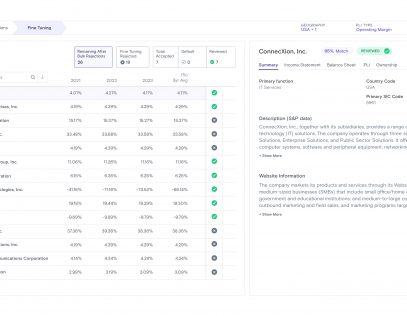Year-end true-ups are a necessary part of accounting life, but what constitutes this number? And what consequences can flow from them? Recently a court in Germany had to deal with this issue in the context of a year-end true-up and customs duties. The company had a significant upward adjustment, which prompted the main customs office (Hauptzollamt, “HZA”) to increase the declared value of the goods. The company subsequently sought to recoup the perceived excess customs tariffs. The good folks at customs thought that the transfer prices set by the company during the year were clearly too low, and that the relationship between the parties influenced the prices. Of course, with the parties diametrically opposing positions, a court case would follow.
The German Federal Fiscal Court (or Bundesfinanzhoh, “BFH”) opinion in the Hamamatsu case gave a clear and definitive answer to the question at hand. On May 17, 2022, the court denied the requested expanded customs claim in very clear language outlining exactly why a refund claim in the case at hand was appropriate. (The decision was subsequently published at the end of September 2022.)
For years, the customs authorities utilized a variation of the Abbot and Costello routine, “Heads, I win. Tails, you lose.” If the year-end adjustment resulted in an increase in the cost of the goods, a flat-rate approach was levied to collect the additional customs duties, but if the adjustment was a reduction, the company had to provide accurate credit notes to the specific goods before a refund would be considered. Generally, companies could not establish the exact relationship for tracing the adjustment back to the relevant products and shipments, so no refund would be forthcoming.
While under this logic, it would seem that companies would then try to set prices as low as possible, for practical reasons this is not viable, and companies are not following such convoluted logic. Prices are set as goods move into the country reflecting actual economic conditions at a given point in time. While the company was successful in this instance, arguing that the assessment was arbitrary and not related to any specific product or time of import, it is still an open question as to whether others could adopt the argument and prevail.
Ultimately, companies need to be cognizant of the transfer pricing policies, how they are being implemented and monitored for both policy adherence and economic reality as the year progresses. Then hopefully, neither tax authorities nor customs are likely to take issue with year-end true-ups.









